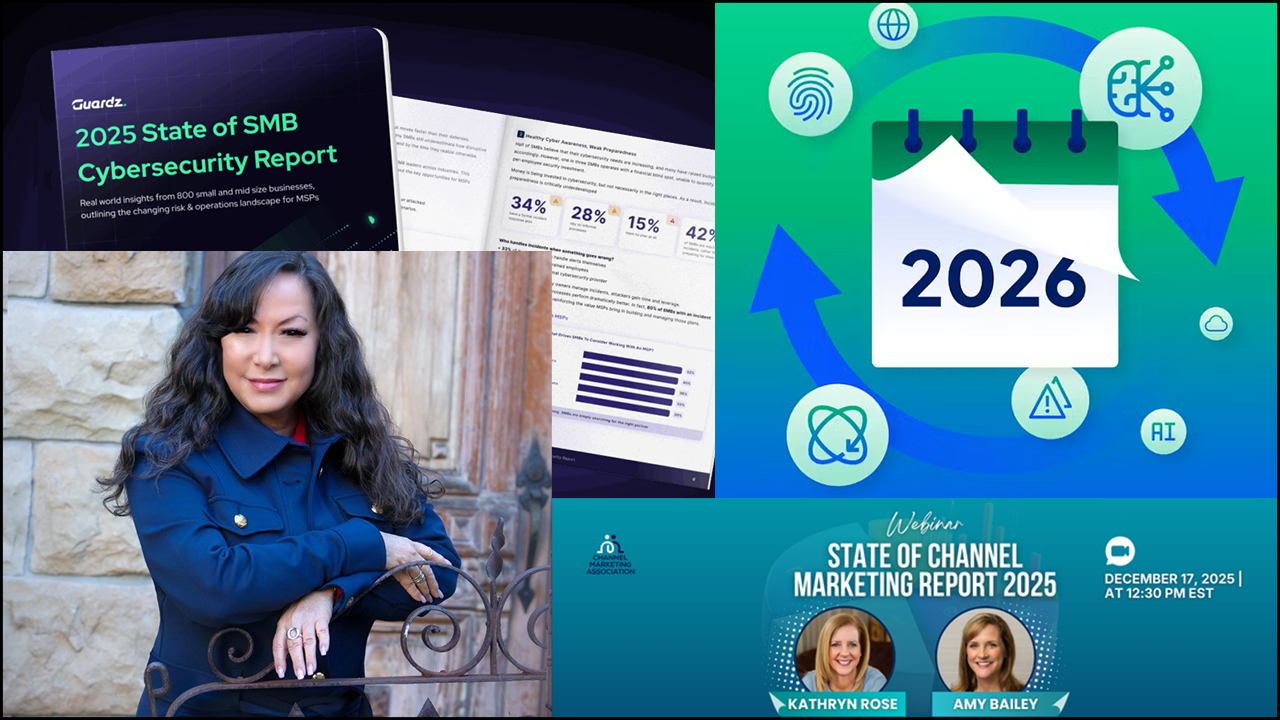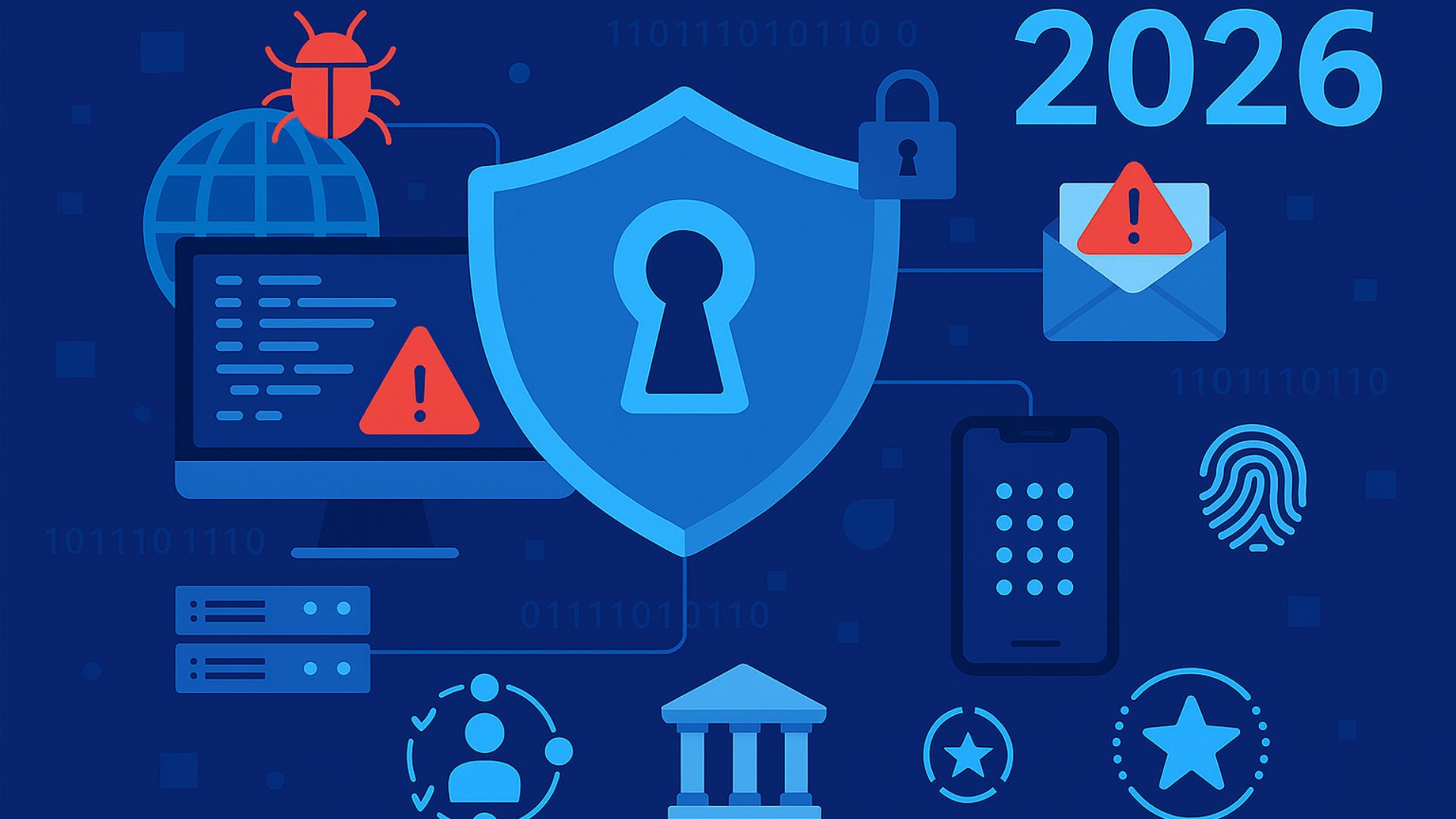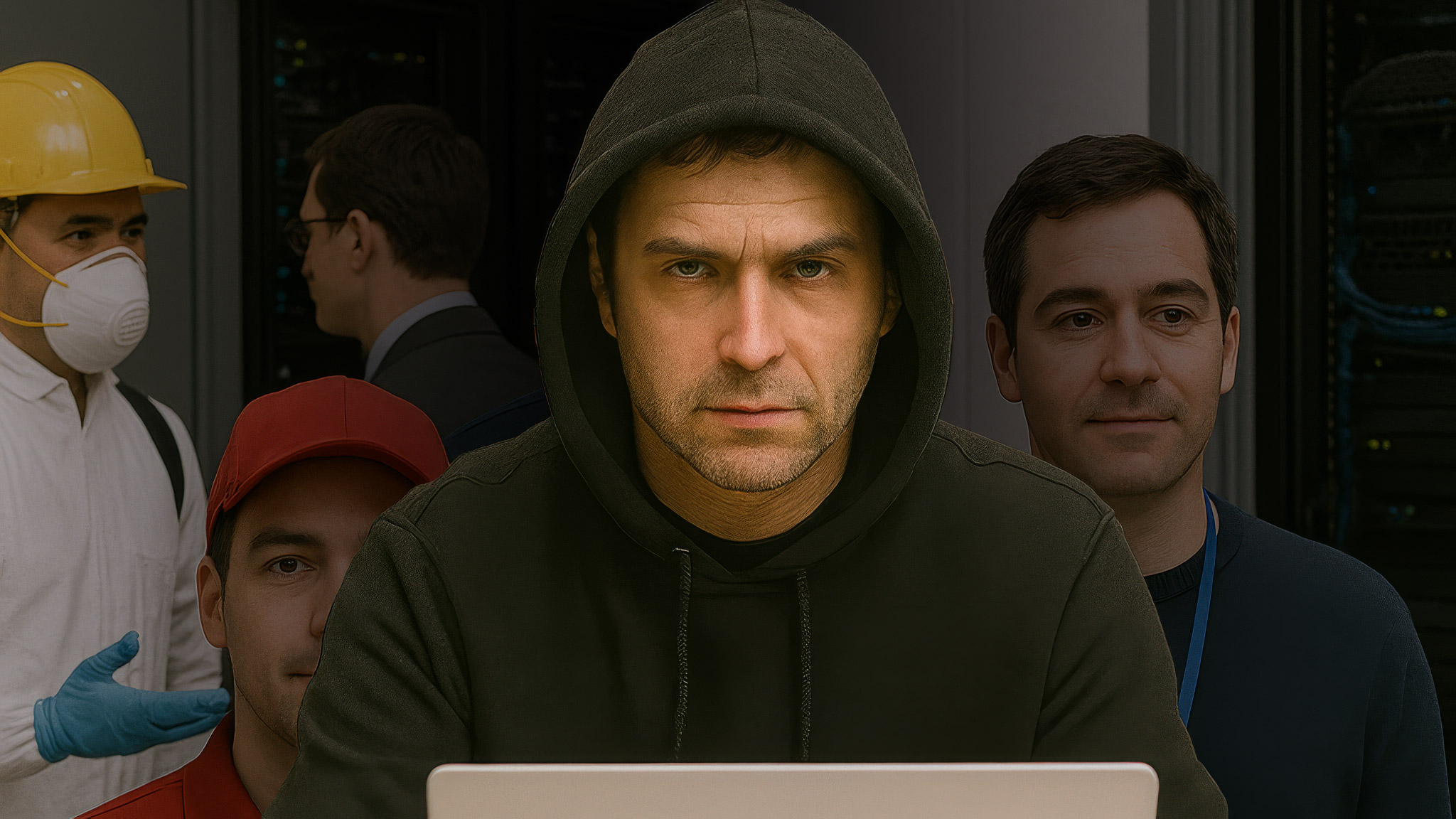WORKING RELENTLESSLY since the start of the pandemic to keep their SMB customers in business, MSPs are confronting unrelenting—and rising—cyberattacks on their own businesses. According to new research from N-able, conducted by Coleman Parkes Research, 90% of MSPs in the U.S. and Europe suffered a cyberattack in the last 18 months, and the number of attacks they’re preventing has almost doubled, from 6 to 11.
The report, State of the Market: The New Threat Landscape, finds that cyberattacks have resulted in financial loss for over half (58%) of MSPs, followed by business disruption (56%), lost business (46%), reputational effects (45%), and loss of customer trust (28%).
Phishing remains the top attack vector, according to respondents, followed by DDoS attacks, ransomware, and website/WordPress vulnerabilities.

Source: N-able, State of the Market: The New Threat Landscape
As a result of the pandemic, 81% of MSPs have increased their security budgets and are investing in data security, cloud security, and infrastructure protection, the research finds. However, the average increase is just 5%.
Meanwhile, MSPs could be doing more in the way of cybersecurity basic best practices, the report notes. For instance, while backup is a core offering, only 40% of MSPs are backing up workstations every 48 hours or less. Although almost all MSPs offer two-factor authentication to customers, only 40% use it themselves. And despite it being offered, only a third of customers are currently using 2FA.
Here’s some better news: MSPs report that they plan to migrate 95% of customers to 2FA in the next five years, with most being done in the next two years. And 70% of SMB customers plan to increase security spending by 7% on average. That’s a good thing, because 82% of customers have seen an increase in attempted cyberattacks, averaging 14 a month. So there’s work to be done, channel pros
Image: iStock













